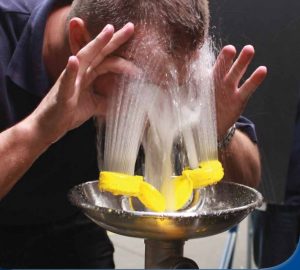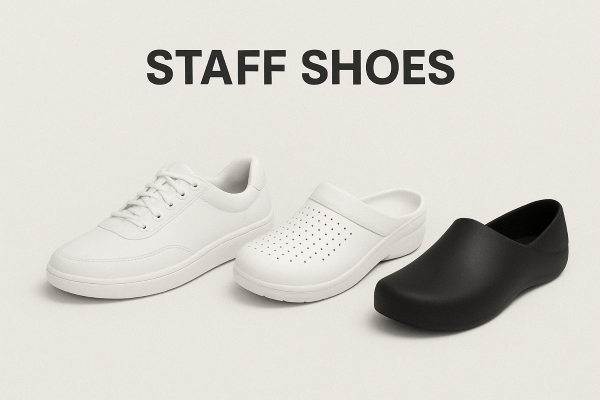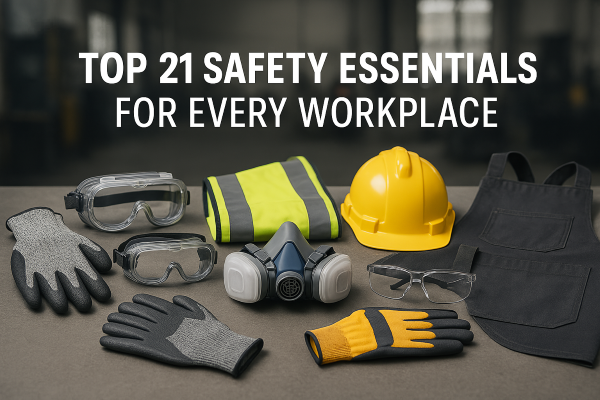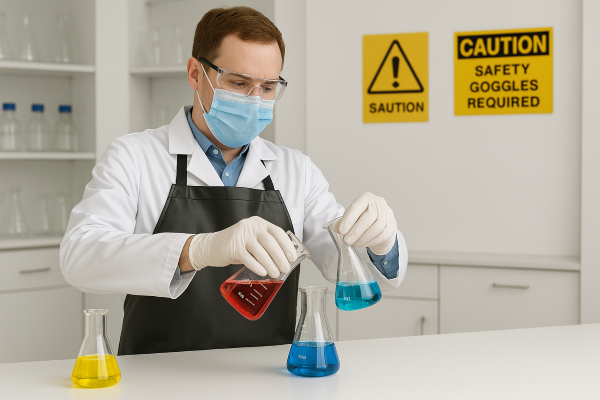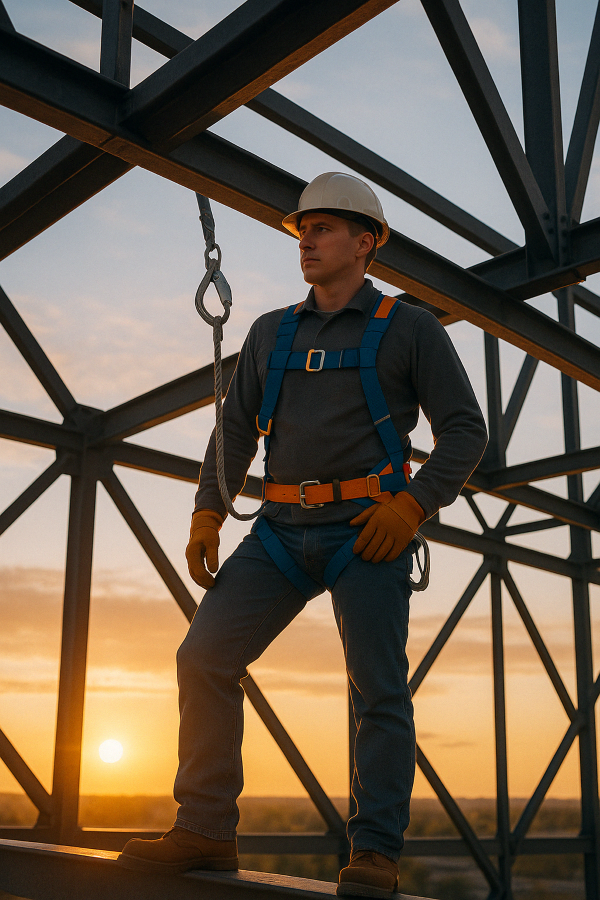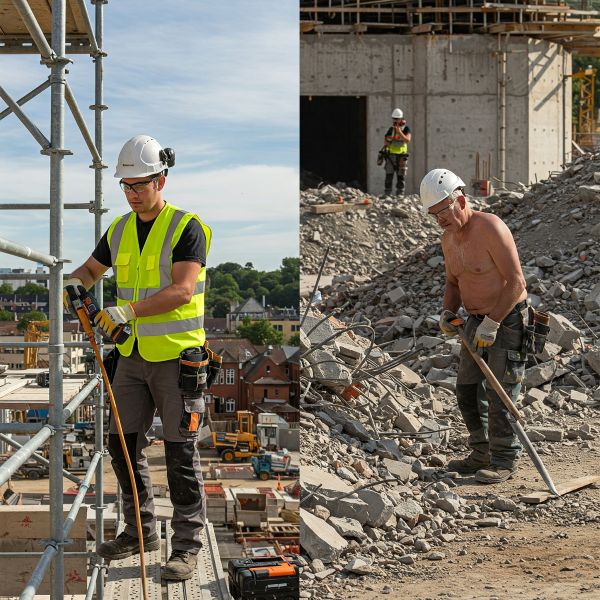Asbestos Gloves in Industrial Work
The Ultimate Safety Deep-Dive
Working in an environment that feels like it’s halfway to the sun—like welding, foundries, or metalworks—your gear isn’t just helpful; it’s life-saving. And at the heart of that gear? Gloves. But not just any gloves. We’re talking asbestos gloves—a hot topic (literally and figuratively) in the world of heat-resistant PPE.
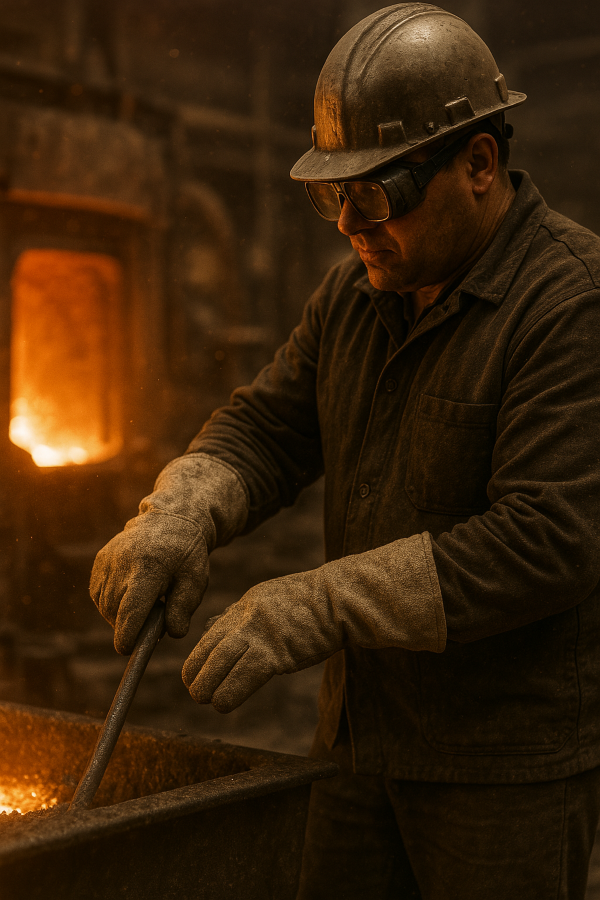
Let’s crack this wide open with a friendly deep dive into what asbestos gloves are, how they compare to modern alternatives, and why they’re still relevant in some industries despite the controversies. Buckle up, we’re going in.
🔍 What Are Asbestos Gloves?
Asbestos gloves are made using woven asbestos fibers, known for their high heat tolerance and durability. These gloves were once the gold standard in thermal protection, particularly in heavy-duty environments like:
- Foundries
- Welding shops
- Glass manufacturing
- Chemical processing plants
🔥 Key Feature:
Withstand temperatures up to 1,500°F (815°C) – yeah, that’s some serious heat resistance.
😬 The Problem:
Asbestos is a known carcinogen, and when fibers become airborne, they pose a major health risk (hello, mesothelioma). That’s why usage has declined, and many industries are switching to safer alternatives.
🆚 Asbestos Gloves vs. Modern Heat-Resistant Gloves
Let’s break it down with a clean side-by-side chart for a quick look:
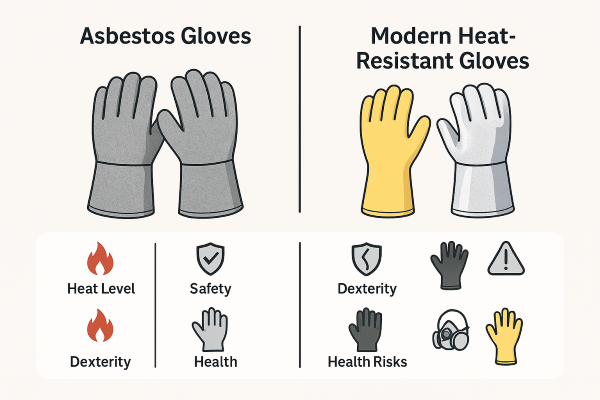
| Feature | Asbestos Gloves | Modern Alternatives (Kevlar®, Aluminized, etc.) |
|---|---|---|
| Heat Resistance | Up to 1,500°F (815°C) | 900°F – 2,000°F depending on material |
| Material | Woven asbestos fabric | Kevlar®, Aluminized fabric, Carbon Fiber, Leather |
| Health Risk | High (if fibers are airborne) | Low to none |
| Dexterity | Low – bulky and rigid | Medium to high – improved flexibility |
| Cost | Lower (historically) | Higher upfront cost, safer long-term |
| Durability | Very durable against heat | High durability + chemical resistance (varies) |
| Regulations | Often restricted or banned | OSHA/NIOSH approved |
🔥 Top Use Cases for Heat-Resistant Gloves
1. Welding and Metalwork
When sparks are flying and molten metal is in play, asbestos gloves once reigned supreme. Now? Most welders opt for Kevlar-lined leather gloves or aluminized mitts.
2. Foundry Operations
These are hot zones. Workers need gloves that can handle sustained radiant heat, so aluminized gloves are winning over the old asbestos models.
3. Glass Blowing
Glassblowers still use high-heat gloves, but with less toxic materials. Modern multi-layered gloves now balance heat resistance and dexterity.
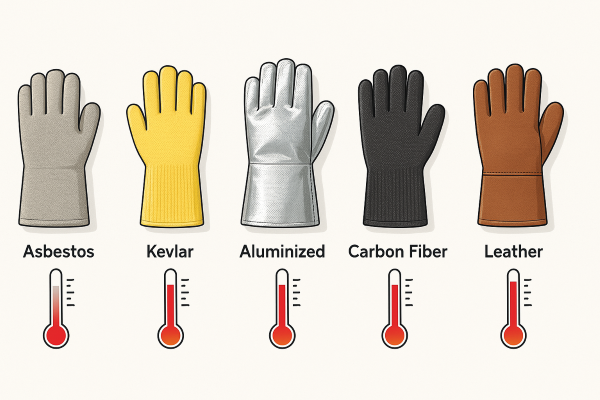
📊 Glove Material Heat Resistance Comparison
| Glove Material | Max Temperature Tolerance | Flexibility | Best For |
|---|---|---|---|
| Asbestos | ~1,500°F | Low | Legacy industrial work |
| Kevlar® | ~900°F | High | Welding, Electrical, General |
| Aluminized (with liner) | ~2,000°F (radiant heat) | Medium | Foundries, Molten metal |
| Carbon Fiber | ~1,800°F | Medium | Aerospace, Engineering |
| Leather (Treated) | ~500°F | High | General industrial |
🧠 Quick Q&A: Asbestos Gloves Edition
Q: Are asbestos gloves still legal to use?
A: Depends on the country. In many places, new production is banned or highly regulated. Existing gloves may still be in circulation but are usually phased out.
Q: Are modern gloves as heat-resistant as asbestos gloves?
A: Yes! In fact, some materials like aluminized fabrics outperform asbestos in radiant heat resistance without the health risks.
Q: What’s the biggest risk of asbestos gloves?
A: If damaged or aging, the fibers can become airborne, which is a serious respiratory hazard.
Q: What should I look for in a high-heat glove?
A: Prioritize:
- Temperature rating
- Material safety
- Flexibility/dexterity
- Compliance with OSHA/NIOSH standards
🔍 Spotlight: Modern Glove Alternatives
Here are a few modern options that give asbestos gloves a run for their (fireproof) money:
🔹 Kevlar® Gloves
Great for high cut and heat resistance. They’re more flexible and lightweight than asbestos options.
🔹 Aluminized Gloves
These reflect radiant heat like a boss. Ideal for foundry work, metal pouring, and glass manufacturing.
🔹 Carbon Fiber Gloves
Strong resistance to high temps and great for chemical environments. A little pricier, but worth it in risky setups.
🛡️ Safety Regulations & PPE Compliance
It’s not just about what feels safe—it’s about what meets legal safety standards. Here’s what to check:
- OSHA 1910.138 – Hand protection
- NIOSH guidelines – For PPE material safety
- ASTM F1060 – Thermal performance ratings
💡 Pro Tips for Choosing the Right Gloves
- Know Your Heat Source: Is it contact heat, radiant heat, or convective? Choose gloves accordingly.
- Check for Layering: Some gloves offer multiple layers—inner insulation + outer shell.
- Fit Matters: Loose gloves = less control. Tight gloves = better dexterity, but not at the cost of safety.
- Don’t Skimp on Testing: Especially if your workplace has fluctuating temps or exposure risks.
- Watch for Wear & Tear: Frayed gloves = potential asbestos exposure (if using old models).
🏁 Final Word: Are Asbestos Gloves Still Worth It?
Here’s the real deal: asbestos gloves had their moment, and they were a game-changer for heat protection. But the world’s moved on. Safer, stronger, and more versatile materials are now on the market—and they don’t come with a side of cancer risk.
If you’re still using asbestos gloves, it might be time for a serious upgrade. Industrial safety is evolving, and there’s no reason your PPE shouldn’t evolve with it.
📌 TL;DR
- Asbestos gloves = high heat resistance, but come with serious health risks.
- Modern gloves (Kevlar®, Aluminized) offer equal or better protection with none of the asbestos danger.
- Always prioritize safety standards, glove fit, and the right material for your job.
If you’d like a downloadable PDF comparison chart, glove-buying checklist, or have more questions, hit me up—I got you covered (literally). 🧤🔥

